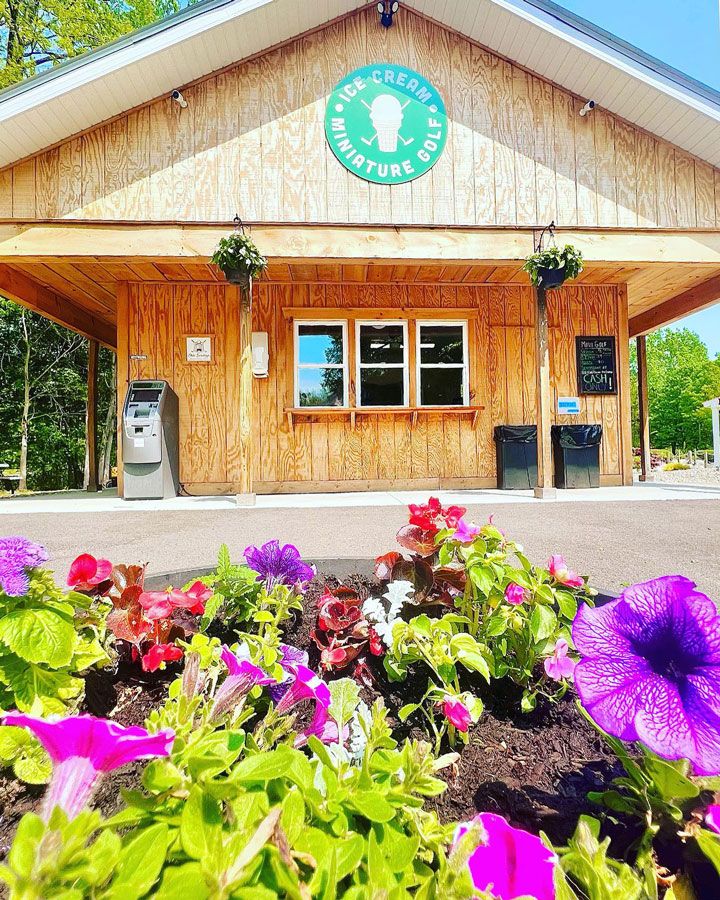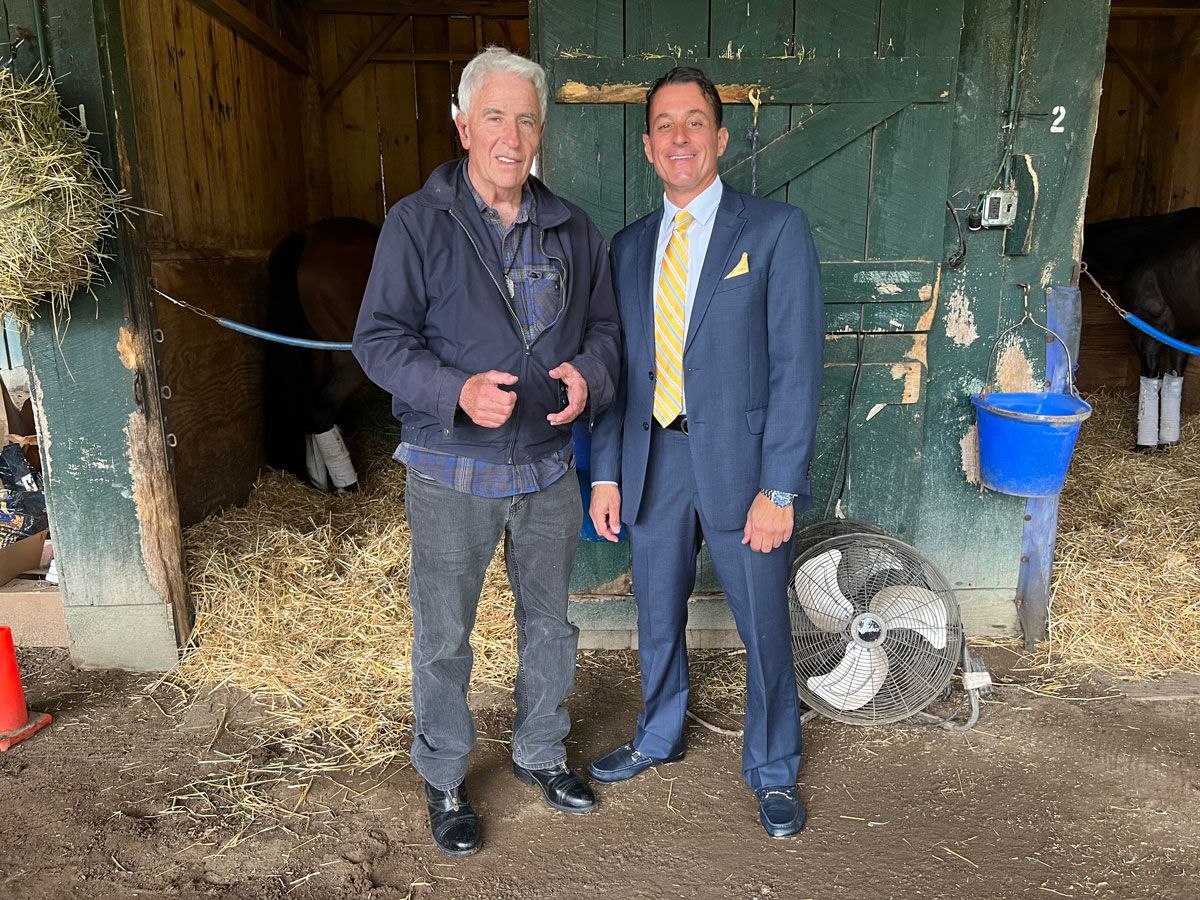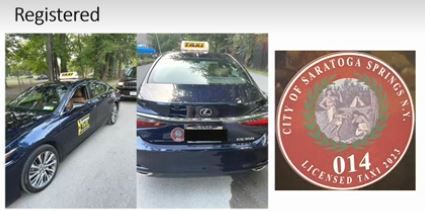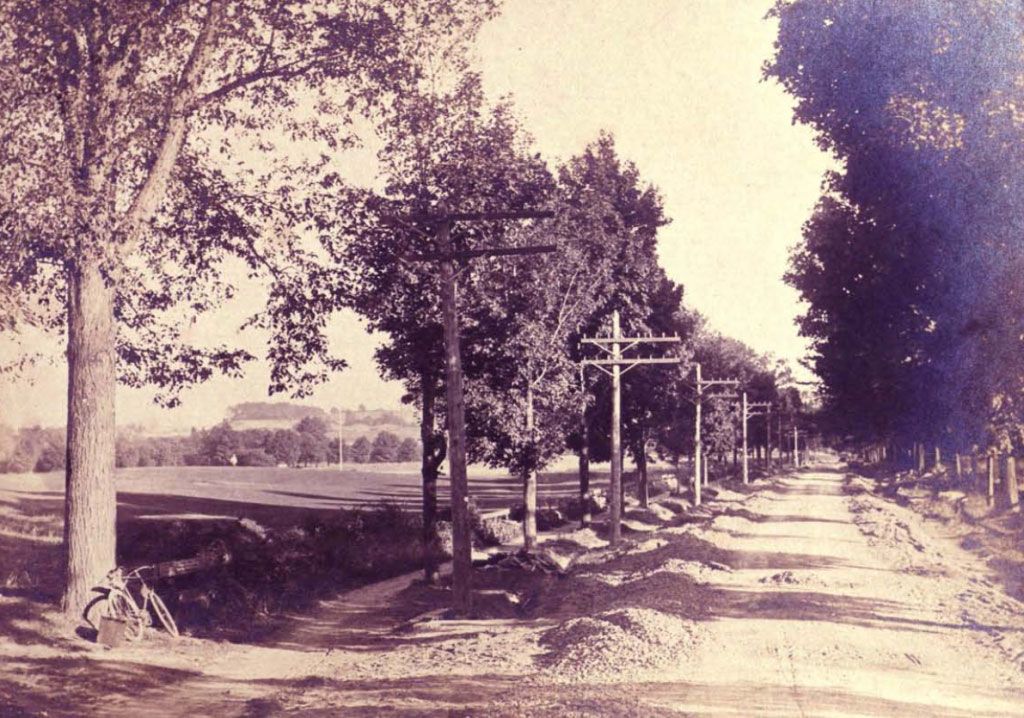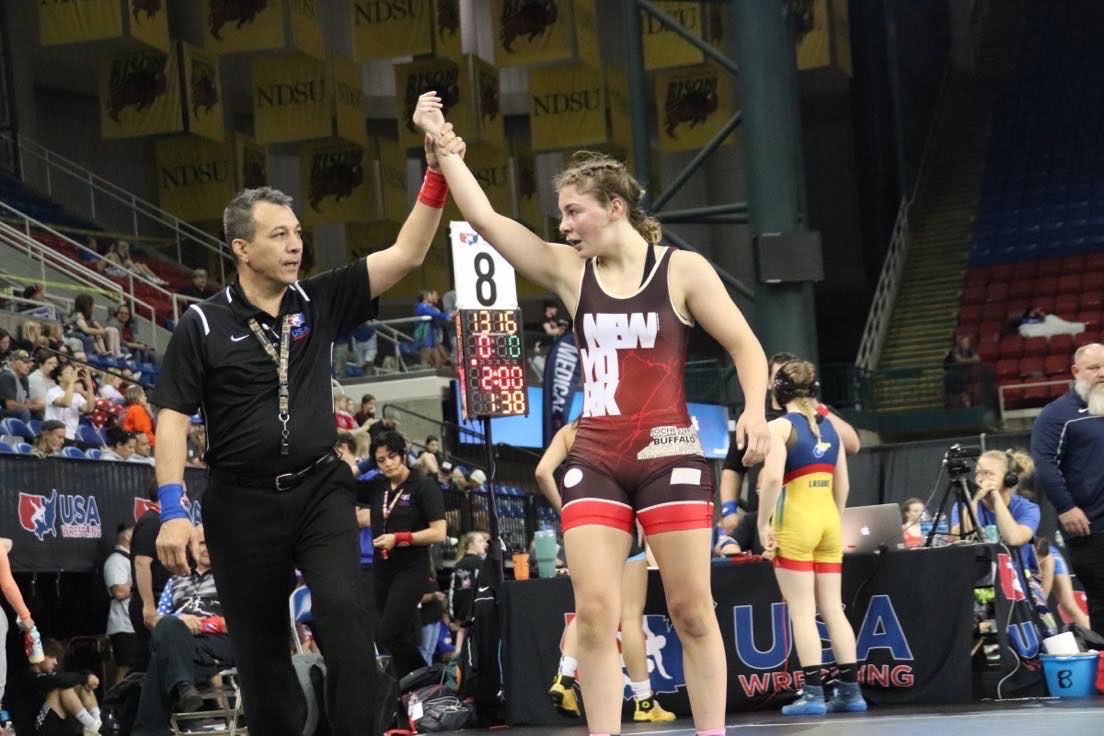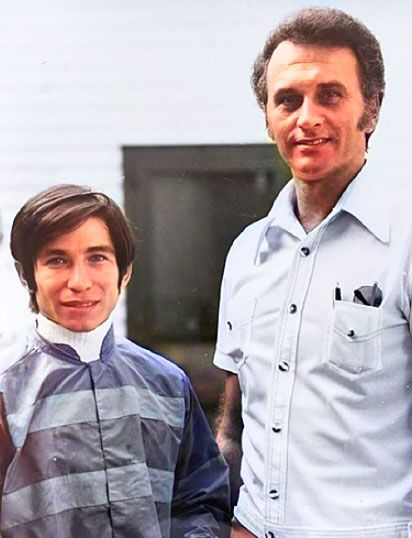The Happiness Hub: Saratoga Senior Center Open For Business

Photo provided
SARATOGA SPRINGS — In July, the Saratoga Senior Center moved to its new location, 290 West Avenue, adjacent to the Saratoga Regional YMCA. The building’s brick and white columned exterior, designed by Saratoga architect John Muse, and built by Bast Hatfield Construction, ties senior health and wellness together in a big way.
“Our goal is to be a hub for older adults in a building that’s designed like a college campus center. We want to be a place where they can meet people and socialize, or just come and read the paper so they’re not home alone,” said Executive Director Lois Celeste.
Meeting a Growing Need
Since 1955, the nonprofit Saratoga Senior Center has helped adults, age 50 and older, maintain an independent lifestyle while meeting new friends, sharing a meal, exercising, taking a class, or learning a skill.
“We’re still experiencing a tsunami of aging in Saratoga,” said Celeste. “People come here to retire, relocate (to be with their kids and grandkids), and to build a new life after a loss. They are looking for new things to do and for new friends.”
Originally founded as the Golden Age Club, the group, renamed the Senior Citizens Center of Saratoga Springs (SCCSS) had their first building in 1960 at 162 Circular Street. Then, when the population’s growing desire for senior services was exceeding capacity at their 5 Williams St. address, their Capital Campaign raised $1.3 million for the new 14,000 sq. ft. space (which is twice as large) and will remain rent-free for 30 years, thanks to a $3 million charitable gift from the Dake Family and Stewart’s Shops.
Touring the New Center
Drive around the YMCA and you’ll find the Saratoga Senior Center’s main entrance (facing West Avenue). A second entrance through the gym is still under construction.
“The synergy between the Y and us is just incredible,” said Celeste. A senior health and wellness “one-stop shop” this location also offers direct access to Pitney Meadows Community Farm’s 1.7 miles of walking trails and the Saratoga Spa State Park’s numerous recreational opportunities.
Inside, large windows bathe the space in voluminous natural light, ideal for the art studio by the entrance. Equipped with an industrial kiln and plenty of workspace, the Center will continue its popular clay arts program, as well as card stamping, acrylic painting, beading projects, and more, with the help of an art coordinator.
“It’s really exciting and beautiful. The open space is fantastic. There is maximum light and absolutely gorgeous rooms,” said Celeste.
The main foyer and lounge area features a modern double fireplace with granite surround and countertops (supplied by Marble and Granite, Inc.), multiple seating areas, and tables fitted with USB charging ports. There is free Wi-Fi, ample parking, and several EV charging stations.
The high-demand commercial kitchen and food program (designed with the help of Forno Bistro’s Nancy Bambara)will organize food donations from Pitney Meadows, Panera Bread, Price Chopper, and the Bread Basket Bakery, among others, and work with various restaurants and chefs for breakfasts, lunches, dinners, and cooking classes. The Center has also explore operating as a café, as well.
The multi-purpose dining room (with drop-down projector) is a transitional space that seats 100+, and rotating exhibition space. Currently, work from Terri-Lynn Pellegri Photography’s popular compost series is on display.
The fitness and education centers will host a variety of classes (including Academy for Life Long Learning instruction) an onsite physical therapist with space to rent, and a meeting room for private consultations or telehealth appointments.
In the game room are a cozy gas fireplace and chairs, two pool tables, a ping-pong table, lending library, and four computers. A baby grand piano, guitar, and other instruments will also be available. This winter, a golf simulator will open for the public to rent.
“It’s All Right Here”
With more than 200 volunteers of all ages, the Saratoga Senior Center is an intergenerational hub, said Celeste. In addition to their 15 employees, volunteers and donations are the Center’s life blood, she added.
Volunteers man the front desk, teach, attend day trips and overnight excursions, deliver 200 meals each week, and provide transportation through the Community Connections program, housed here, in the administration offices.
“If we can just get people here, there’s food, they can socialize, enjoy art, music, education, exercise. It’s all right here,” said Celeste.
The Center is also piloting an innovative program to provide community palliative care to seriously ill seniors in the City and Towns, last year serving more than 100 seniors. “It focuses on quality of life while aging in place, much earlier than hospice,” said program manager Phil Di Sorbo.
The Saratoga Senior Center ribbon cutting will be held in September and a Grand Opening Celebration is planned for October.
For updates, follow the Saratoga Senior Center on Facebook and Instagram. To volunteer, make a donation, become a member, or for more information, go to saratogaseniorcenter.org.





